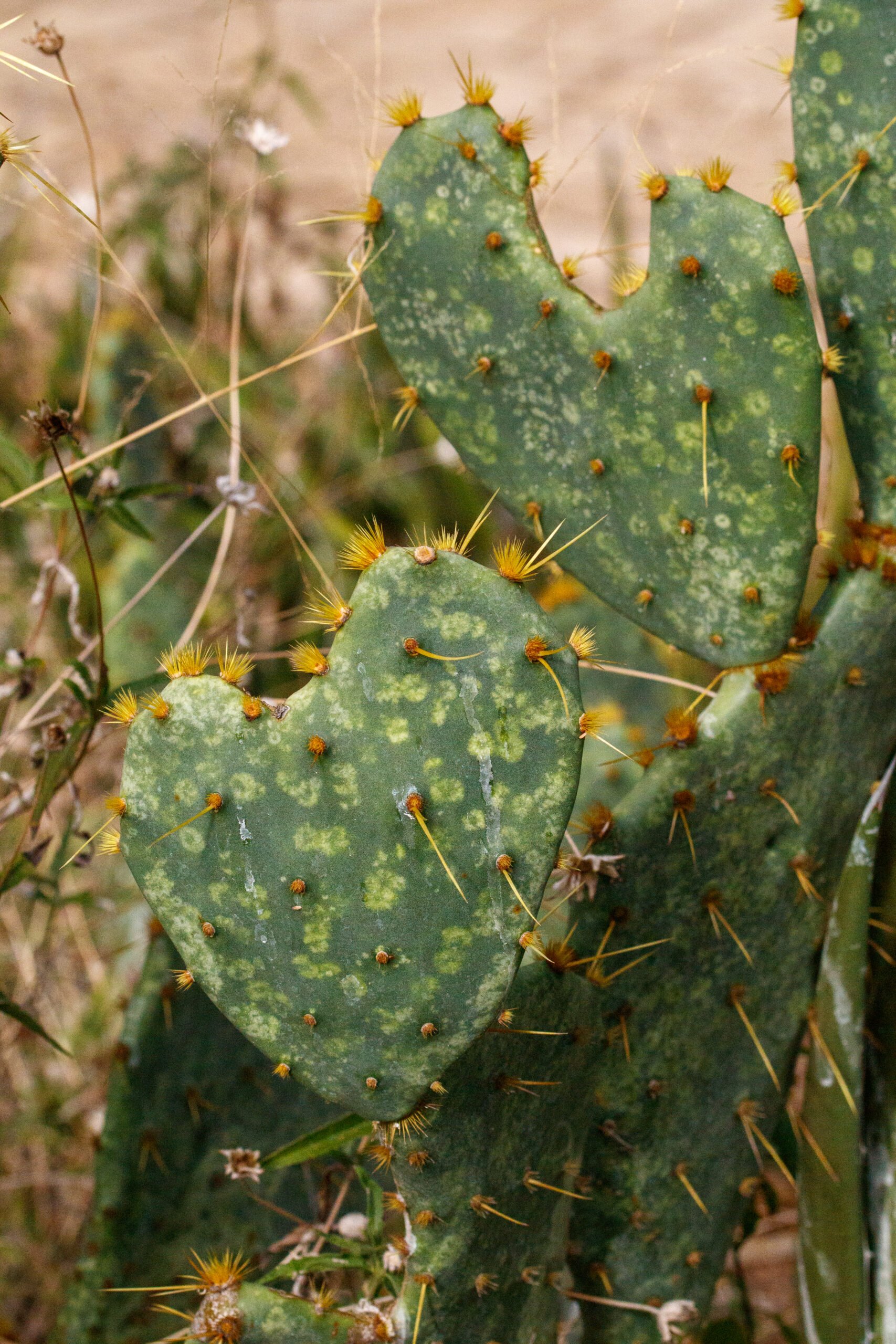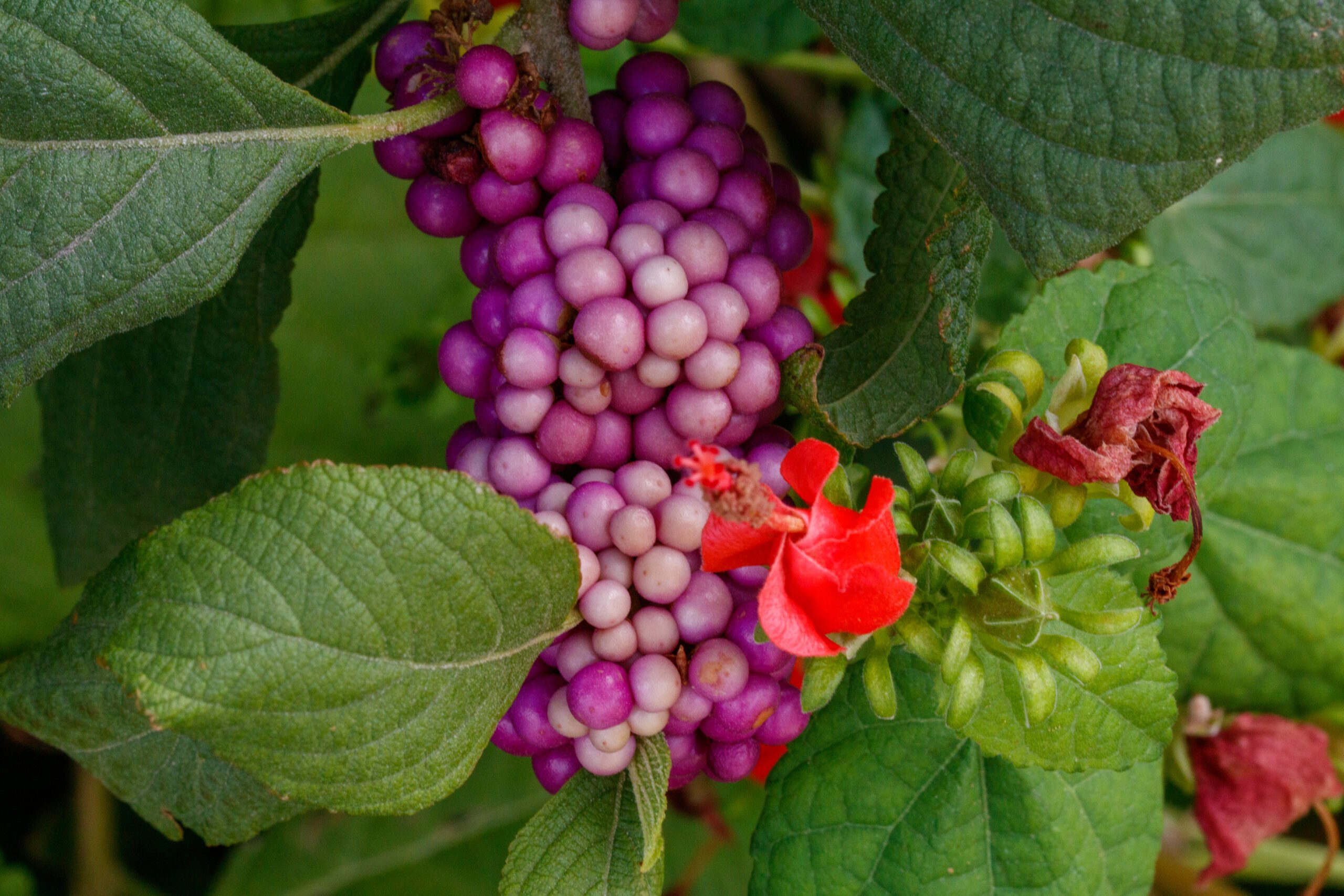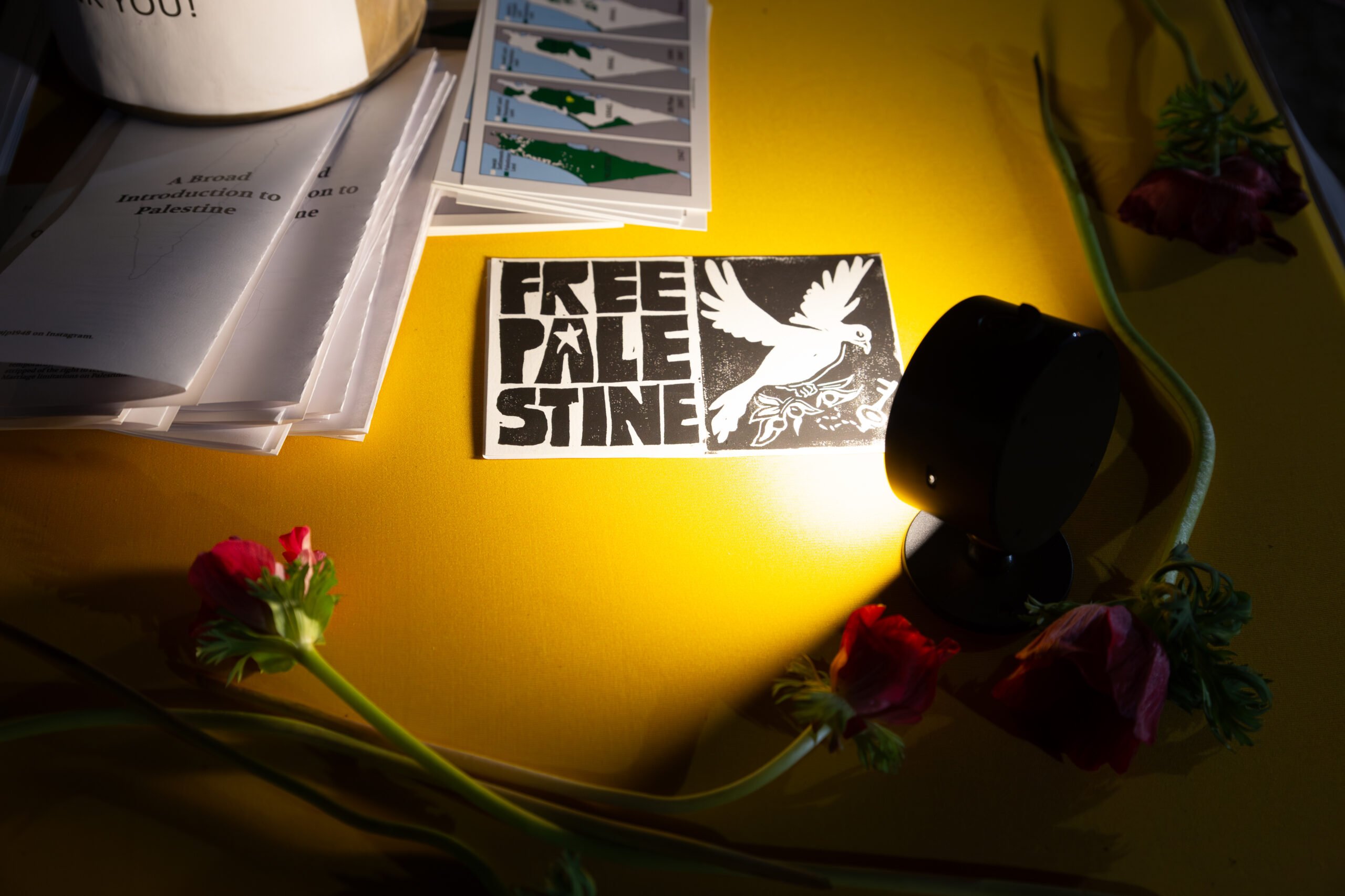Under a gazebo in the South Texas Plains area at the San Antonio Botanical Garden, Michael Eason, who collects and curates the garden’s vast array of native plants, is addressing members of the Williamson County chapter of the Native Plant Society of Texas. Pointing out several unusual specimens, Eason describes how he traveled 300 miles to collect them in far West Texas. “I don’t know exactly how many plants we have planted that are rare,” he said. “But we have a lot more that are waiting for cooler weather just to get them in the gardens here.”
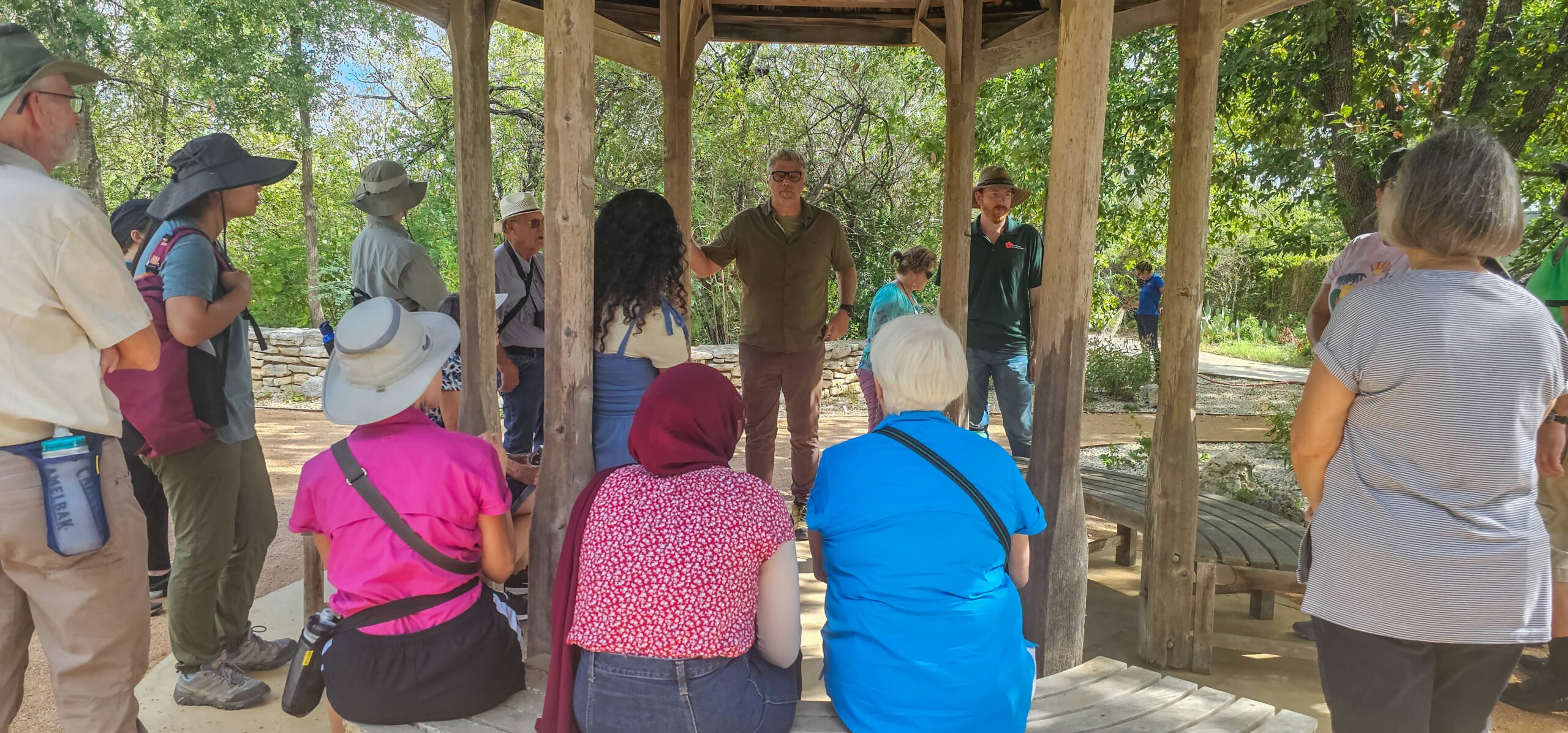
It’s been a particularly rough year for plants and pollinators. Exacerbated by climate change, drought, record-breaking heat and hail, and a late-winter ice storm have wreaked havoc on Texans’ gardens large and small. And water restrictions imposed because of the summer drought have made things worse.
But all that means that more gardeners are choosing natives, which can survive extremes since they have adapted to Texas’ weather patterns over thousands of years. Fortunately, most don’t need to travel as far as Eason did to find them.
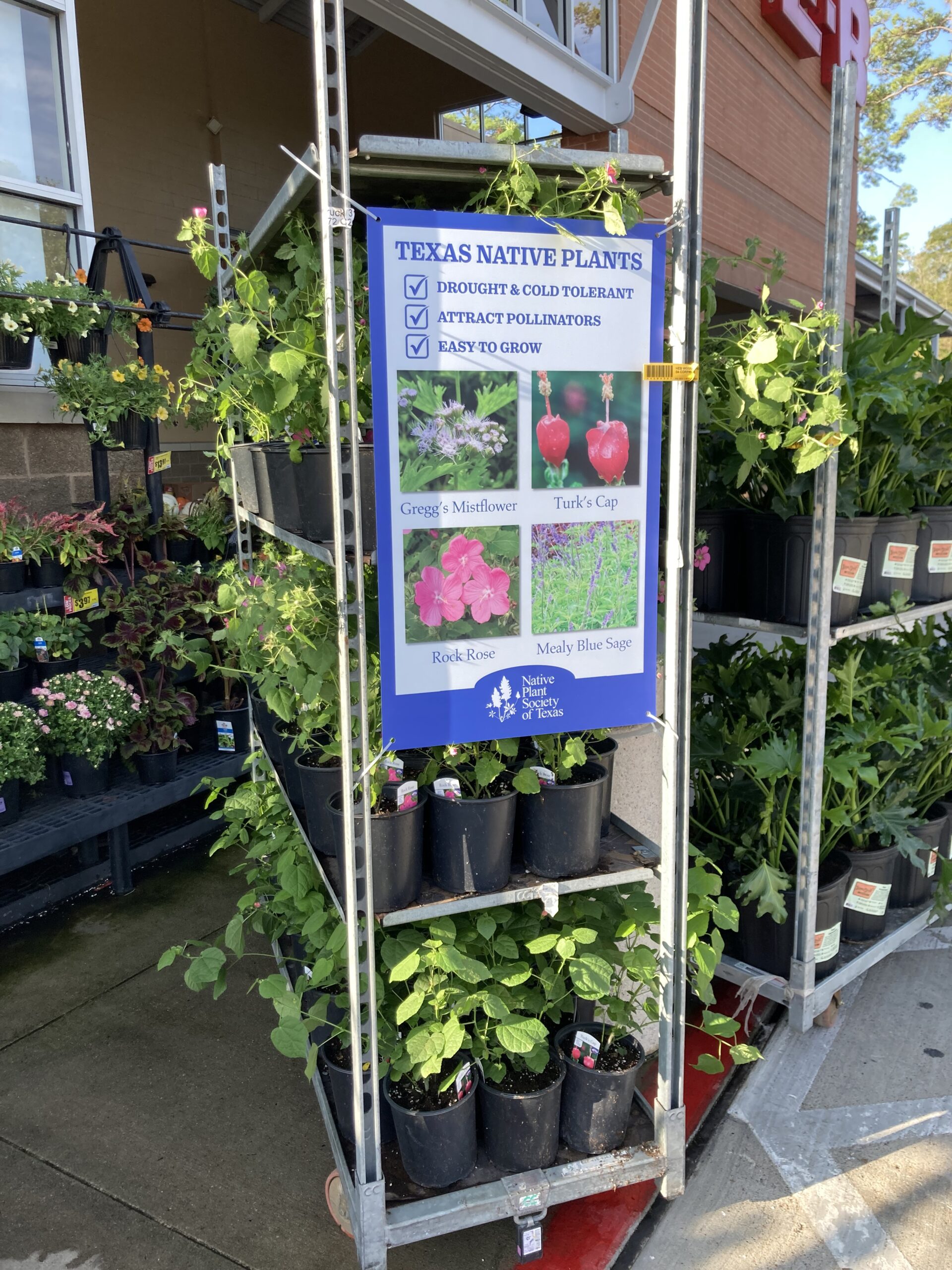
More and more retailers now sell Texas natives, which Meg Inglis, executive director of the Native Plant Society of Texas defines as “species that evolved and occur naturally, with no human intervention, in a particular ecoregion or environment.” And this is prime planting season. To celebrate Native Plant Week, which runs from October 15-21, the Native Plant Society of Texas recently announced a collaboration with H-E-B to sell four—Gregg’s mistflower, Turk’s cap, rock rose and mealy blue sage—in 79 of its grocery stores. These plants require little water, flower prolifically, and are pollinator magnets.
This year’s harsh weather will likely spike native plant sales, just as it did after the drought of 2011, after Hurricane Harvey in 2017, and after Winter Storm Uri in 2021, said James Plyler, the sales manager for Texas Native Nursery, a wholesale native plant grower that produced 1.8 million plants in the last year, which it sold to retail nurseries and landscape companies around the state.
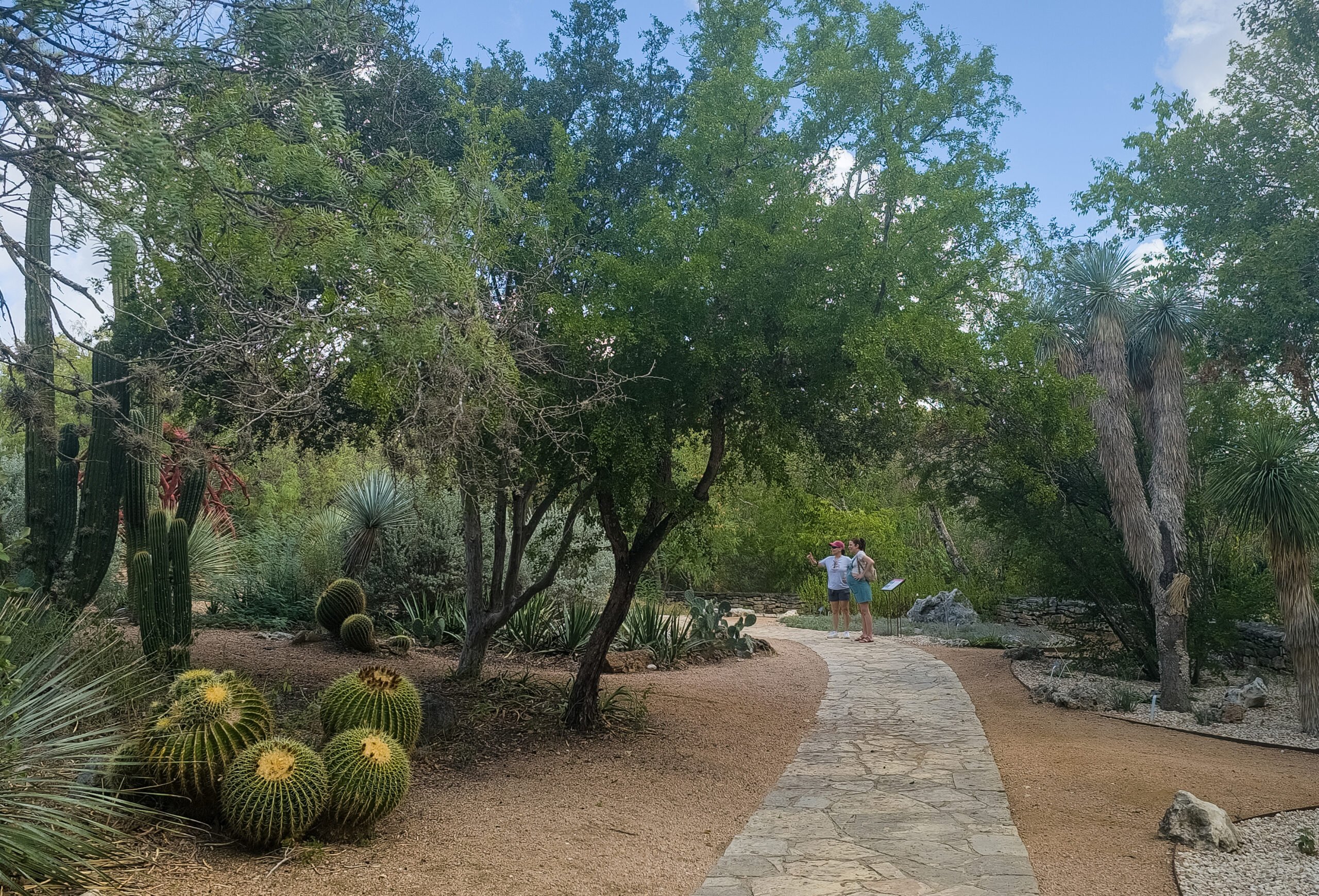
Scientists like Eason, however, would like to see more diversity in the native plants available for purchase. “It’s great that native plants are found in all these various stores,” said Eason. “But, typically, in a home landscape, the same twenty or so species are used repeatedly.”
He estimates that a home gardener can access about 150-200 different species native to somewhere in Texas throughout the year. This is only about 4 percent of Texas’ native plant species. A healthy ecosystem, of which Texas has several, hosts several hundred different plant species.
In Texas, the movement to plant natives in both home and commercial landscapes gained momentum in the 1980s, with the founding of the Texas Native Plant Society and the publication of How to Grow Native Plants of Texas and the Southwest. That book, by Jill Nokes, provided gardeners and commercial horticulturalists with knowledge by which to propagate native plants.
Typically, in a home landscape, the same twenty or so species are used repeatedly.
Faced with increasing water shortages, more Texans in recent decades have made that switch. Unlike tropical flowers or lawns, natives don’t require watering or mowing and create a habitat that can attract birds, bees, and butterflies—like the iconic monarch. Equipped with deep root systems, native plants also can mitigate flooding, which is increasing in intensity due to climate change. Because they have developed symbiotic relationships with native insects over millennia, they are resistant to many pests, reducing the need for expensive and often unhealthy pesticides.
But natives thrive in the very localized area they evolved in. So if, for example, you plant a native plant from North Texas in Central Texas, its chance of survival is lower than if you collected the same species’ seeds or cuttings near your home and planted those.
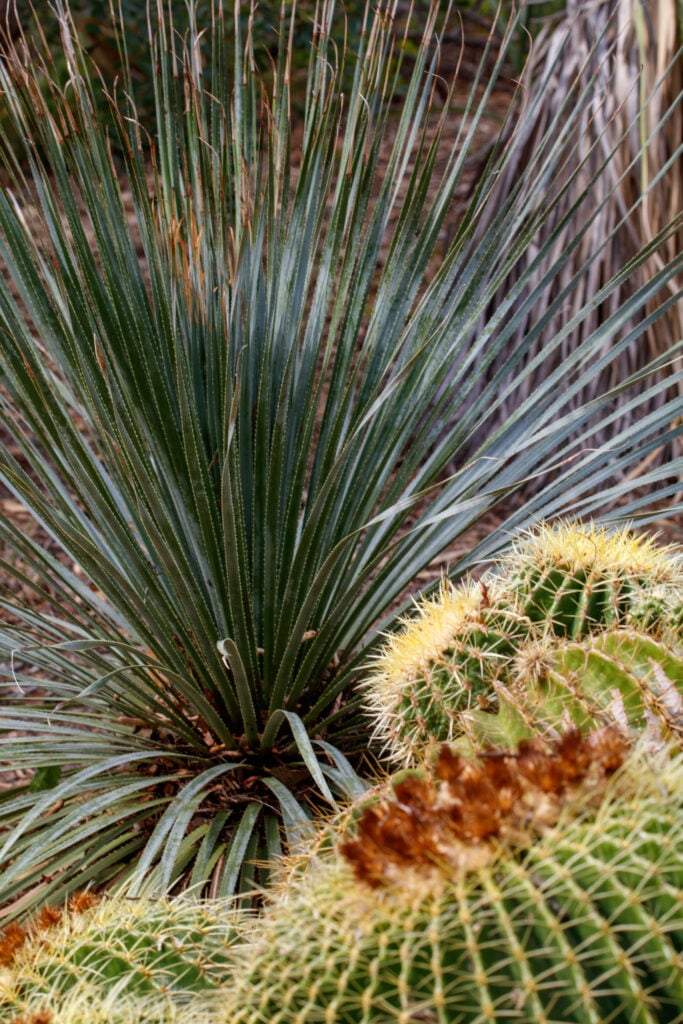
Eventually, Eason would like to see home gardeners be able to plant “a representation of their local flora” in their landscape. To do this, nurseries must offer more species that originate in different regions of Texas—that have different “regional genetics.” This would require there to be more small nurseries all over the state collecting cuttings and seeds and propagating and selling these local plants. Genetic diversity improves the chance of a species’ survival in the increasingly harsh conditions caused by climate change.
Eason is an expert, but many Texans are learning more about wildflowers and other natives by using plant identification apps like Seek by iNaturalist. They want to be able to add a bigger variety of plants to their gardens and are asking nurseries to provide them.
Much of this impetus in Texas comes from members in statewide organizations like The Native Plant Society, with 4,500 members, and the Texas Master Naturalists, with 13,000 members. These organizations provide a cadre of educators who provide information about the benefits and diversity of native plants.
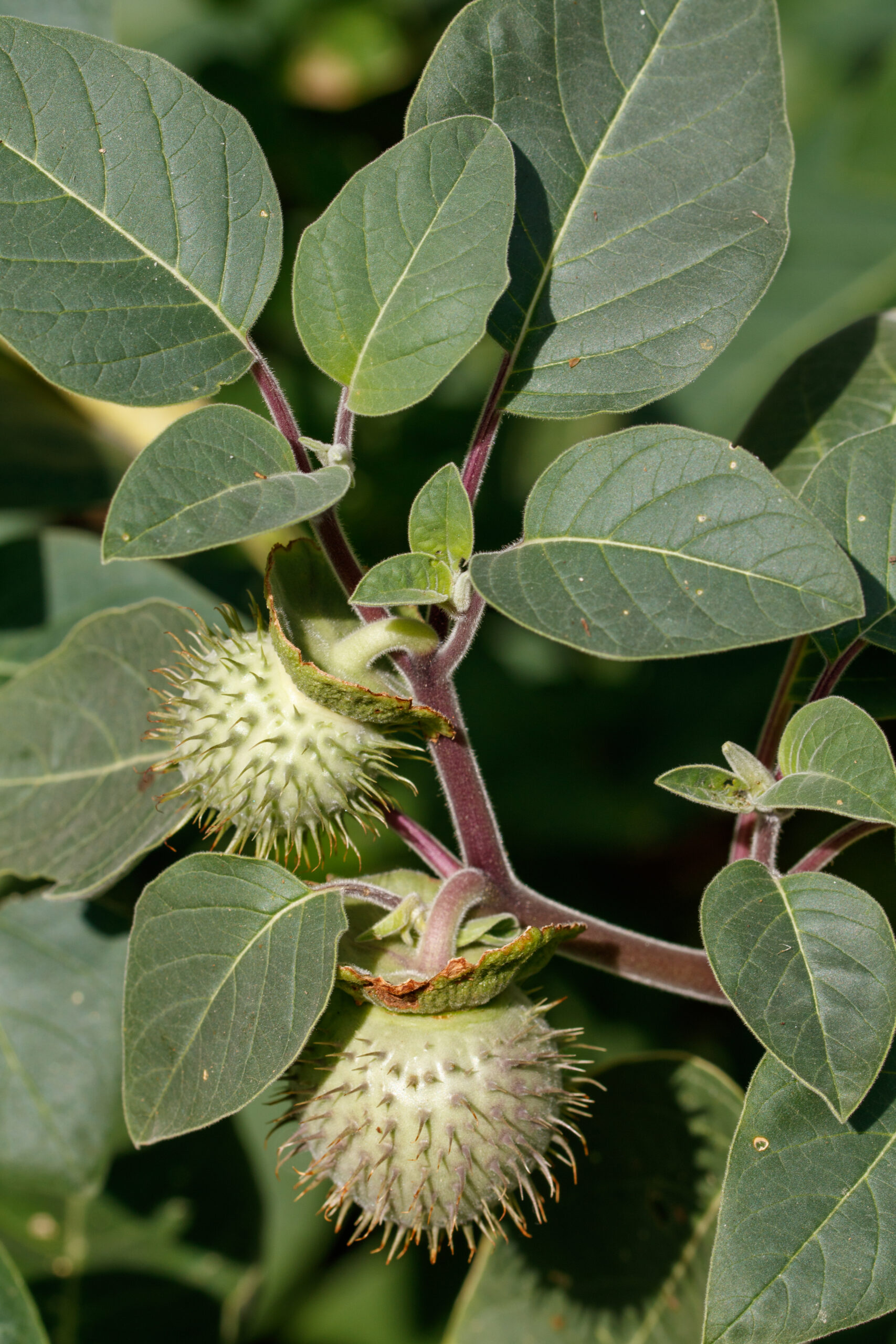
This fall, two new nurseries devoted to selling natives, The Nectar Bar and Pollinatives, opened in San Antonio. The owner of Pollinatives, Donald Gerber, is a master naturalist and Native Plant Society member. As well as buying plants from wholesale suppliers, these nurseries are growing new types of plants that were not previously commercially available by using plant material they’ve collected themselves or obtained from the San Antonio Botanical Garden.
Increasingly, more nurseries like these complement offerings from large wholesale nurseries and provide more choices for individuals who want to make a difference, starting in their own yards.
“If every single person would make a 10-foot by four-foot space and dedicate it as a pollinator garden, a bird garden or whatever it is, with native plants—whatever floats their boat—then we are doing our part to put the diversity back into natives that are being eradicated because we, as a human species, just keep taking the [native] landscapes away,” said Drake White, owner of The Nectar Bar.
If every single person would make a 10-foot by four-foot space and dedicate it with native plants then we are doing our part to put the diversity back.
Native plant lovers like Gerber and White have special memories of the beauty and resilience that native plants provide.
Plyler, from Texas Native Nursery, recently reminisced about a seed-collecting trip he went on to West Texas in 2012. “I saw this rock penstemon growing in a crack in this dry wash in far West Texas, during the drought of record, that was blooming. It was the most glorious thing ever—to see what those plants are capable of and have been through and can survive.”
Native plant resource list:
- The Texas Native Plant Society of Texas has chapters around the state which organizes native plant sales in both the fall and spring and sponsors outings, speakers and classes.
- The Texas Land Conservation Assistance Network, part of a national nonprofit that advocates for land conservation, and lists native plant suppliers by ecoregion.
- Native plant seed can be purchased directly from Texas farms like Native American Seed and Wildseed Farms.
- The Audubon Society’s native plant database allows you to enter your zip code and it will tell you what to plant to attract birds.
- If attracting pollinators is your priority, look at the Xerces Society website. It offers a Pollinator Conservation Resource Center and a Milkweed Finder to help you locate milkweed to attract monarch butterflies.
- Monarch Watch is a fantastic resource for everything monarch
- The Lady Bird Johnson Wildflower Center in Austin offers a database with photos of native plants. (And its fall plant sale is ongoing through Oct. 29.)
- The San Antonio Botanical Garden recently opened a Texas Native Trail which showcases plants from the Hill Country, the East Texas Pineywoods and the South Texas Plains. Or in West Texas, check out The University of Texas at El Paso’s Chihuahuan Desert Gardens or the Chihuahuan Desert Nature Center near Fort Davis.
